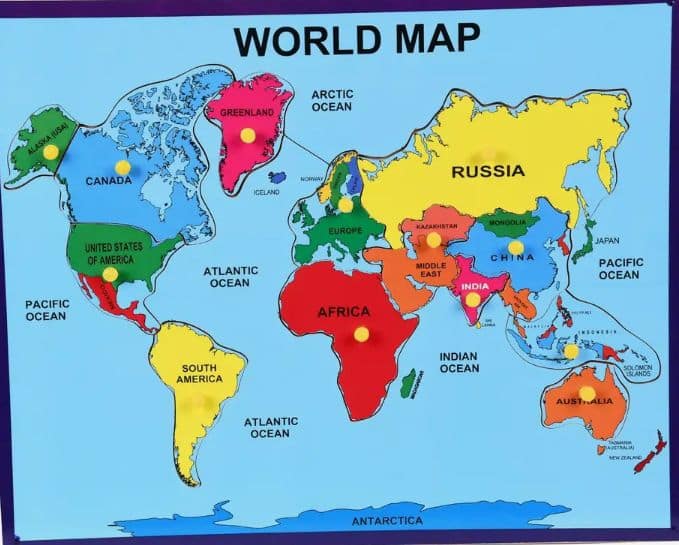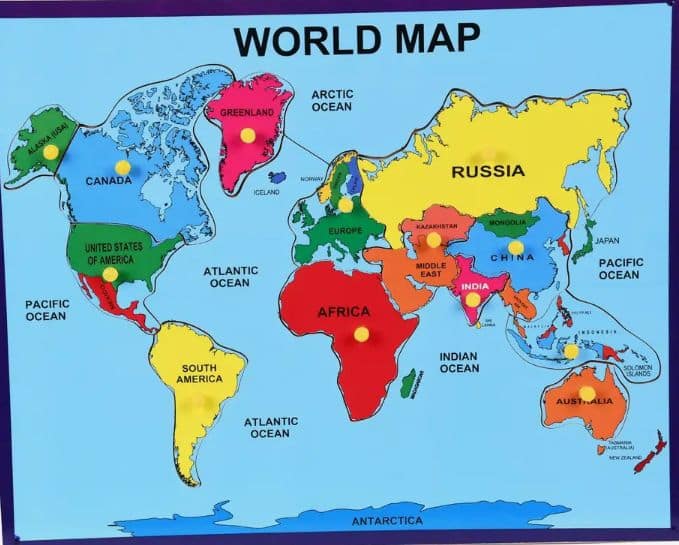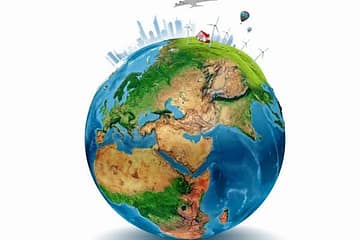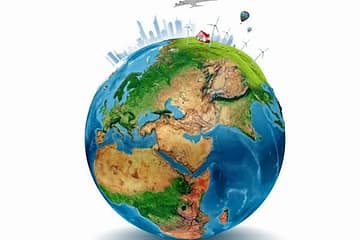
1. What Do We Mean by “World”?
The word world can mean different things depending on the context:
A.Geographical / Physical sense → The planet Earth — our home in space, containing land, oceans, atmosphere, and all living beings.
B.Human & Social sense → The collective human society, cultures, civilizations, and all the activities of people.
C.Philosophical / Metaphysical sense → The sum total of existence as we experience and perceive it; reality from a human viewpoint.
D.Scientific sense → A specific celestial body with life-supporting conditions (in our case, Earth).
In simple terms, the world is both:
1.The physical place where we live.
2.The totality of human experience happening on that place.
Scientific Explanation of the World (Earth)
Basic Facts:
A.Shape → Oblate spheroid (slightly flattened at the poles).
B.Age → About 4.54 billion years.
C.Size → Circumference ≈ 40,075 km (at the equator).
D.Position in the Universe → Third planet from the Sun in the Solar System.
E.Inhabitant’s → Millions of species, including humans.
Components of the World:
A.Lithosphere → Solid land (continents, islands, mountains).
B.Hydrosphere → Water bodies (oceans, rivers, lakes).
C.Atmosphere → Layer of gases (oxygen, nitrogen, carbon dioxide, etc.).
D.Biosphere → All life forms.
E.Human-built Environment → Cities, farms, roads, and infrastructure.
3. Human & Cultural Understanding of the World
In human terms, the “world” is often used to mean:
1.The global community (politics, economics, trade, technology).
2.Cultural diversity (languages, traditions, religions, arts).
3.Historical timeline (civilizations, wars, inventions, migrations).
We might say “the modern world” to describe current civilization, or “the ancient world” for early human societies.
4. Philosophical & Spiritual Views
Different philosophies and religions have their own explanations:
Religious view → Many traditions see the world as created by a divine being or force.
Eastern philosophy → Some traditions (e.g., Buddhism) see the world as impermanent and shaped by perception.
Existential philosophy → The “world” is our lived experience and the meaning we create within it.
5. How We Can Explain the World
When explaining “the world,” we can approach it in four main ways:
Scientific Explanation – Use astronomy, geology, biology to describe its formation, structure, and processes.
Example: “The world is a planet that formed from cosmic dust and gas about
4.54 billion years ago, orbiting the Sun, sustaining life through a balanced ecosystem.”
Historical Explanation – Tell the story of how humans have shaped and been shaped by the world.
Example: “From early hunter-gatherer societies to modern global civilization, humans have transformed the world’s landscapes, cultures, and economies.”
Cultural & Social Explanation – Focus on human interaction and diversity.
Example: “The world is a mosaic of languages, religions, and traditions, connected today through globalization.”
Philosophical / Spiritual Explanation – Explore meaning, perception, and existence.
Example: “The world is both the physical place we live in and the reality we perceive in our minds.”
6. A Simple Summary
The world is:
A living planet (Earth) in the vast universe, home to countless life forms, shaped by nature’s forces and human activities, and understood differently through science, history, culture, and philosophy.




0 Comments